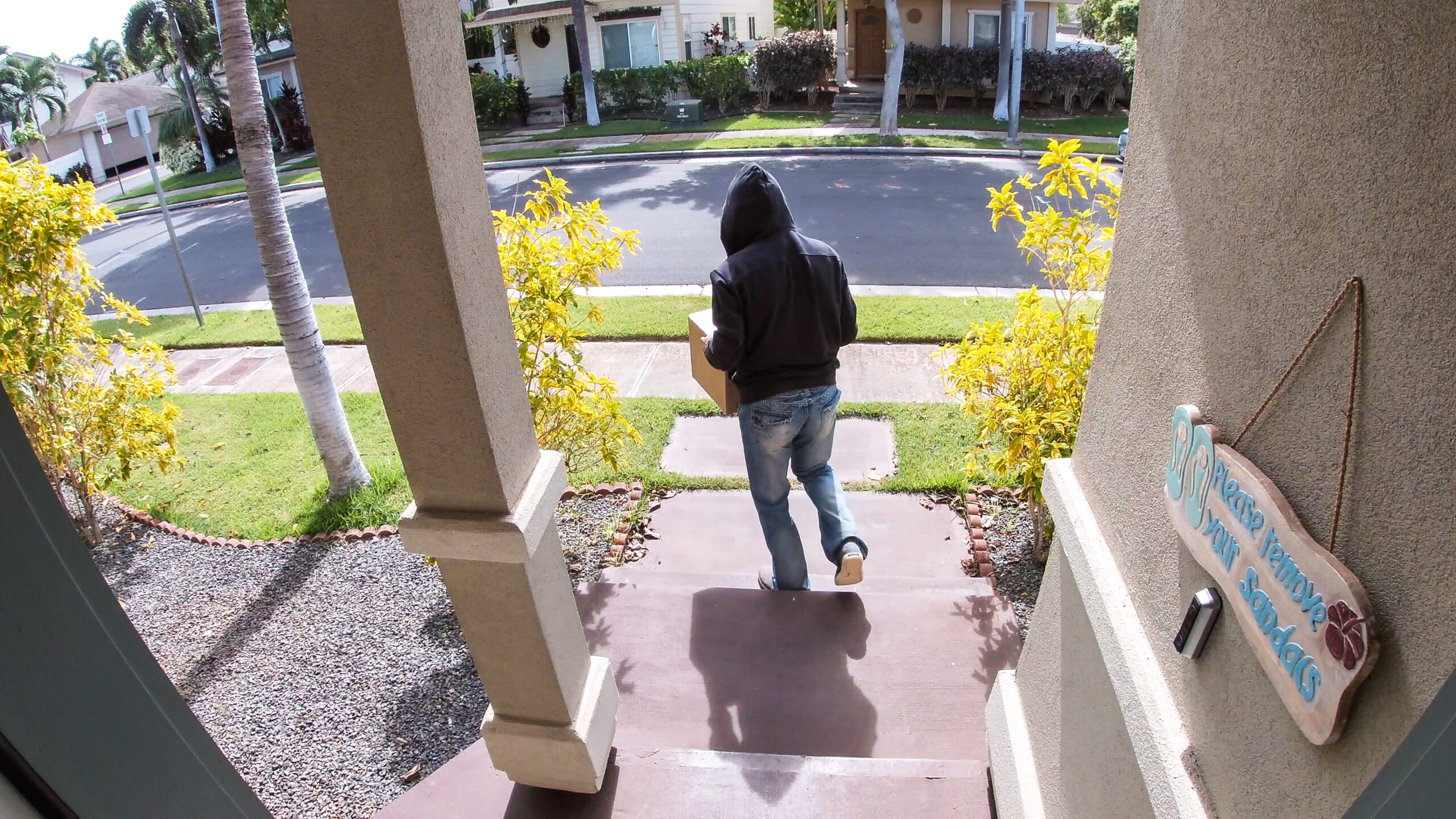Theft Offences
What are Theft & Burglary Offences?
In Victoria, Theft Offences are governed by the Crimes Act 1958, which provides a detailed legal framework. According to this law, theft is defined as taking someone else’s property with the intention of permanently depriving them of it. This definition includes several important elements:
- Taking or Assuming Control of Property: This involves either physically taking the property or asserting control over it.
- Property Belonging to Another Person: The property in question must belong to someone other than the thief.
- Dishonest Intent: The act of theft must be carried out dishonestly, without any claim of right to the property.
- Deliberate Intention Not to Return the Property: The thief must have a clear intention not to return the stolen property.

These elements are crucial in legal proceedings and highlight the seriousness with which theft is viewed under Victorian law. They have significant implications for charges, defenses, and penalties associated with theft-related offences.
It’s important for anyone involved in such cases, whether as a defendant or victim, to understand these intricacies.
Categories of Theft Offences
Understanding the various categories of theft offences is crucial for anyone navigating the legal landscape in Victoria. Each category has its own definitions, legal frameworks, and potential consequences.
1. Burglary: Definition and Legal Framework
Burglary involves unlawfully entering a building with the intent to commit an offence such as theft. The law differentiates between burglary and aggravated burglary, the latter involving weapons or assault. Both carry significant penalties, reflecting the seriousness of the violation against personal and property security.
2. Motor Vehicle Theft
Motor vehicle theft is particularly prevalent, governed by specific laws that impose strict penalties. These laws not only address the unauthorized taking of vehicles but also include joyriding and intent to permanently deprive the owner of their vehicle. Penalties range from fines to imprisonment depending on circumstances such as repeat offenses.
3. Shoplifting: Distinction from Other Forms of Theft
Shoplifting, while often perceived as minor, carries its own set of legal challenges. It involves taking goods from a retail establishment without payment or consent. Though considered less severe than burglary or motor vehicle theft, repeated offenses can escalate charges significantly—requiring skilled defense by a lawyer experienced in shoplifting cases.
4. Felony Larceny and Its Consequences
Felony larceny encompasses thefts of substantial value or involving particular items like firearms or controlled substances. The consequences are severe due to the high-value nature of the stolen property, often resulting in lengthy prison sentences upon conviction.
5. Theft by Deception and Theft of Services
Two nuanced forms of theft include theft by deception—obtaining property through deceit—and theft of services, where services are obtained without payment under false pretenses. Both offenses highlight complexities in legal interpretations, demanding adept legal representation to navigate potential defenses effectively.
Each category underscores unique aspects within Victorian theft law, necessitating tailored legal strategies for those facing allegations.

Situations where you need a Theft Lawyer
Engaging a lawyer for theft is crucial under certain circumstances, ensuring that your rights are protected and that you receive the best possible outcome. Recognizing when legal representation is necessary can significantly influence the trajectory of a case:
Signs that legal representation is needed:
Importance of early intervention:
Situations where diversion programs may apply:
EAS Legal offers expert guidance in these scenarios, providing strategic solutions tailored to each client’s unique situation. Our team’s commitment to excellence ensures that clients navigate the complexities of theft charges with confidence.
The Legal Process for Theft Offences in Victoria
Understanding the legal process for theft offences in Victoria is crucial for anyone involved in such cases. This guide breaks down the steps involved, the roles of key players, and potential defenses that can be used.
Overview of the Legal Process
The legal process for theft offences in Victoria generally follows these steps:
- Arrest and Charge: Law enforcement officers arrest the individual and formally charge them based on the evidence collected.
- Bail Hearing: The accused may have a bail hearing to determine whether they can be released from custody until the trial.
- Pre-trial Procedures: This phase involves gathering evidence, interviewing witnesses, and filing pre-trial motions to prepare for the courtroom proceedings.
- Trial: The case goes to trial where evidence is presented before a judge or jury, leading to a verdict that determines the next legal steps.
Potential Defenses Against Theft Charges
There are several defenses that can be used against theft charges:
Each stage of the legal process requires careful navigation to protect one’s rights and achieve favorable outcomes.
Consequences and Sentencing Options for Theft Offences
The penalties for theft offences in Victoria can vary depending on the specific circumstances of each case. This allows for a more personalized approach to justice, taking into account the unique factors involved.
1. Variability in Penalties
The penalties for theft offences can differ based on the severity of the crime. Minor theft incidents may result in fines or community service, while more serious cases can lead to imprisonment. The context surrounding the offence is crucial in determining the outcome.
2. Maximum Sentences
Theft offences are dealt with in both the Magistrates’ Court and higher courts. Lesser offences that are handled by the Magistrates’ Court may result in sentences of up to two years’ imprisonment per charge. However, more serious crimes that are tried in higher courts can result in significantly longer sentences.
3. Restitution Options
Victims often seek restitution as part of the sentencing process. This means that courts may order offenders to compensate victims for any losses they have suffered, providing some financial relief alongside punitive measures.
At EAS Legal, we understand that navigating these complex legal matters can be challenging. That’s why we are committed to providing our clients with expert guidance throughout every step of their case.
Why Choose EAS Legal as Your Lawyer for Theft Charges?
At EAS Legal, our unwavering commitment to client interests and excellence sets us apart. Our team, consisting of seasoned professionals, embodies integrity and dedication in every case we handle.
Expertise and Qualifications
When faced with theft charges, having a dedicated lawyer for stealing from EAS Legal ensures you receive comprehensive legal support tailored to safeguard your interests.











